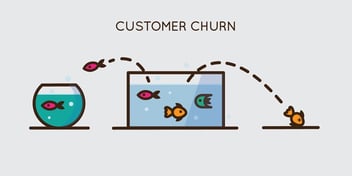Growing your SaaS means steadily expanding your customer base. The larger you get, the more damaging any type of churn rate becomes.
Customer retention - the 'delight' stage of the Inbound Marketing methodology - focuses on enhancing the customer experience and creating a reliable foundation of repeat buyers.
If you're looking for ways to reduce SaaS churn rates while still ensuring a steady increase in lead generation and revenue - this guide will help you navigate the 5 most practical and effective ways to do just that.
Today, we'll be taking a look at 5 strategies to reduce SaaS churn rates while providing a strong platform for your SaaS marketing strategy.
Here's what you can expect to discover:
- Keeping Your Customers Happy
- Excelling at Customer Service
- Out of This World Onboarding
- Analysing Your Customers
- Implement Switching Costs
Keep Your Customers Happy
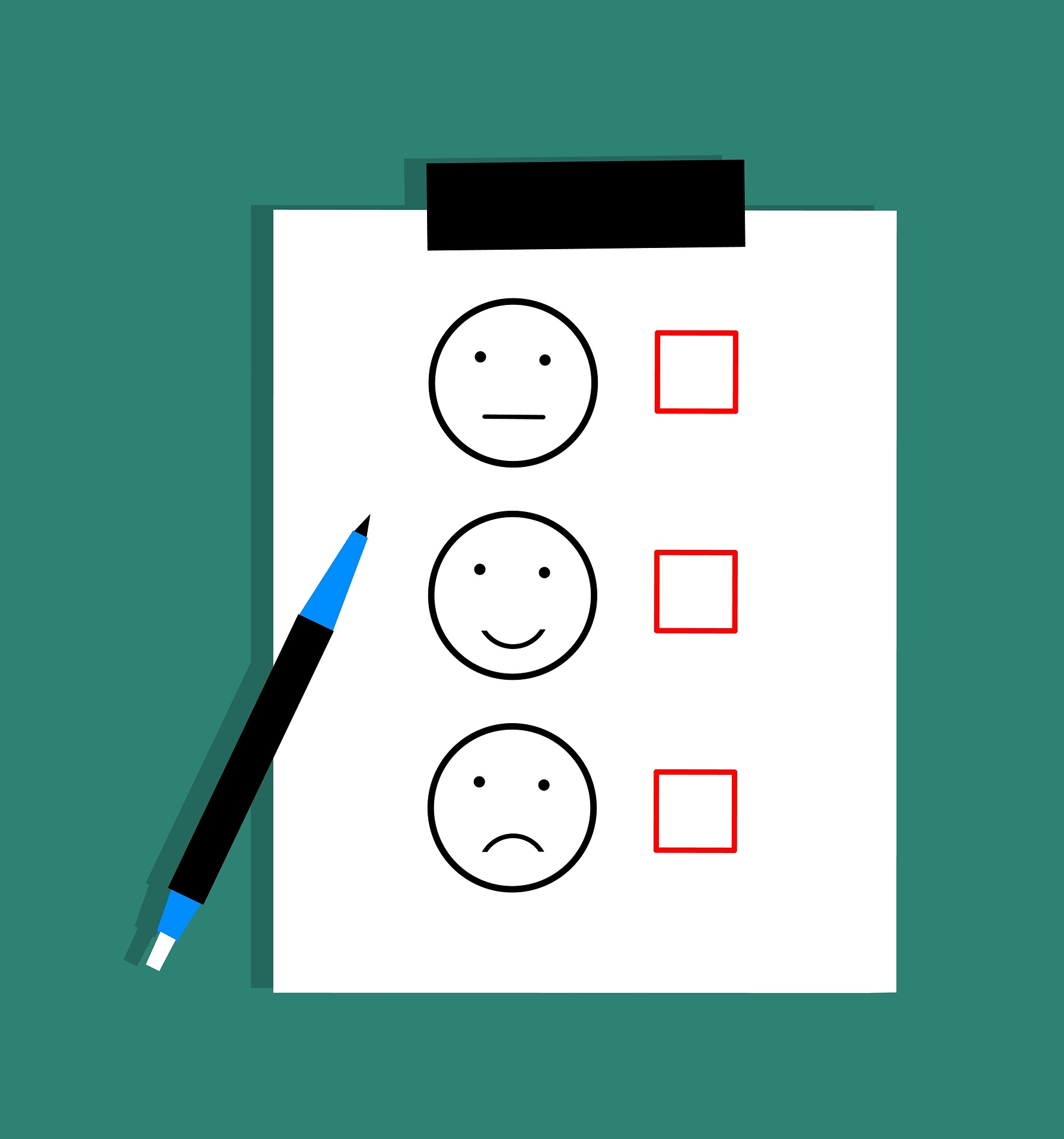
We'll start with the obvious. The happier a customer is, the more inclined they are to stay. A happy customer is a retained customer, and a retained customer keeps churn rates low.
Keeping customers happy isn't always as easy as it sounds though.
Smile specialises in rewards programs, customer retention, and commerce in general; they've highlighted customer satisfaction as "the most fundamental way to decrease your churn rate...".
They also go on to mention that "While you definitely want to avoid letting them down, you have to look for areas to go over and above your customer’s expectations and delight them."
We know a thing or two about delighting customers, don't we?
It remains the key component that can often be forgotten in the cluttered marketing arena of many SaaS enterprises - shifted to the back of the priority queue in favour of marketing activities that generate new business.
But let's take a quick look at the cost of acquiring new business versus retaining existing customers, courtesy of OutboundEngine.
Increasing customer retention by 5% can increase profits from 25-95%.
The success rate of selling to a customer you already have is 60-70%, while the success rate of selling to a new customer is 5-20%.
Customer retention just makes sense. Here are 5 practical ways you can go about increasing customer satisfaction, ultimately leading to lower churn (and higher profits!)
1. Smart Customer Engagement
The way you engage with customers is just as important as the conversation itself. A two-way relationship where customers are actively encouraged to offer their opinions will create a sense of belonging and value on the customer's behalf.
Some of the best ways to engage with customers are through real-time messaging, personalised surveys, and chat functionality. These methods allow you to easily record and segment data to help you analyse their feedback more effectively.
Good old-fashioned conversations will always have a special place in customer satisfaction and engagement, but for the purpose of this exercise, a CRM (Customer Relationship Management) tool is by far the better option.
2. Enhanced Buyer Personas
Buyer Personas will help you understand your existing customer's pain points while offering you incredible insights into the real value you've provided.
During the persona creation exercise, you'll be able to structure your questions in a way that allows every customer to voice their praise (and any concerns) in a proactive and positive way; you can effectively pre-empt and resolve any potential issues that might cause them to leave before it gets to a critical point.
You'll also have the opportunity to gather feedback on areas you're excelling in, and find ways to maximise those activities.
3. Analyse The Right Data
Understand how your customers are interacting with your website and your content.
The data you get from this will help you understand what your customers are enjoying, what they avoid or spend little time on, and how you can improve your website experience to match their expectations.
Remember, your website is your first impression and your biggest sales asset. A website focused on growth-driven design supports customer acquisition and retention - and should be one of your priorities within the tech industry.
4. Influence Future Strategy
Your historical data will indicate what content marketing strategies you should focus on to develop your customer satisfaction and retention rates.
Content marketing revolves around creating resources that support your prospective and existing customers. Many businesses prioritise content that attracts and converts prospects, leaving the 'delighting' and retention-focused content to fall by the wayside.
Pivot your content strategy to include more resources that will delight your existing customers and make them want to keep doing business with you.
This also applies to your product itself. Your offering should never stand still, and reacting to your user feedback and market research will naturally dictate future marketing and customer satisfaction.
5. Put Yourself In Your Customer's Shoes
Take the same buyer journey as your customers to pinpoint where your process needs improving.
Perhaps you need to implement some kind of marketing automation - like reminder emails for lapsed customers in order to re-engage them. It's easy to let customers slip through the proverbial cracks, and the best way to identify gaps is to put yourself on the same path they are on.
Delighting your customers is essentially attaining the optimum level of customer satisfaction. This could mean different things for different customers.
Many view it as either 'satisfied' or 'unsatisfied' - but the truth is that most of the time it is somewhere in between. By prioritising engagement, feedback and importantly - taking action - you are able to enhance your customers experience by simply taking a proactive approach.
Customer experience dictates behaviour. Every time your customer interacts with your brand - you have another opportunity to help them become more satisfied.
You can enhance your customer experience at every touchpoint in the sales process.
-
- Pre-purchase information
- Product satisfaction
- Rewards and loyalty bonuses
- Troubleshooting & support
- After-sales support
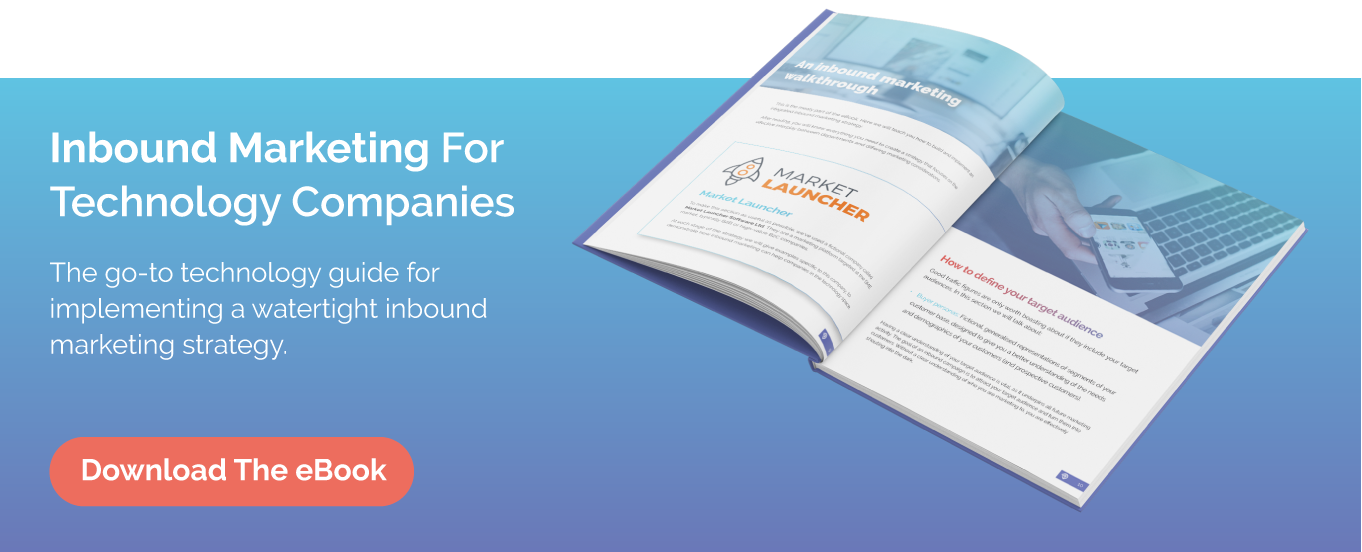
Get Customer Service Right
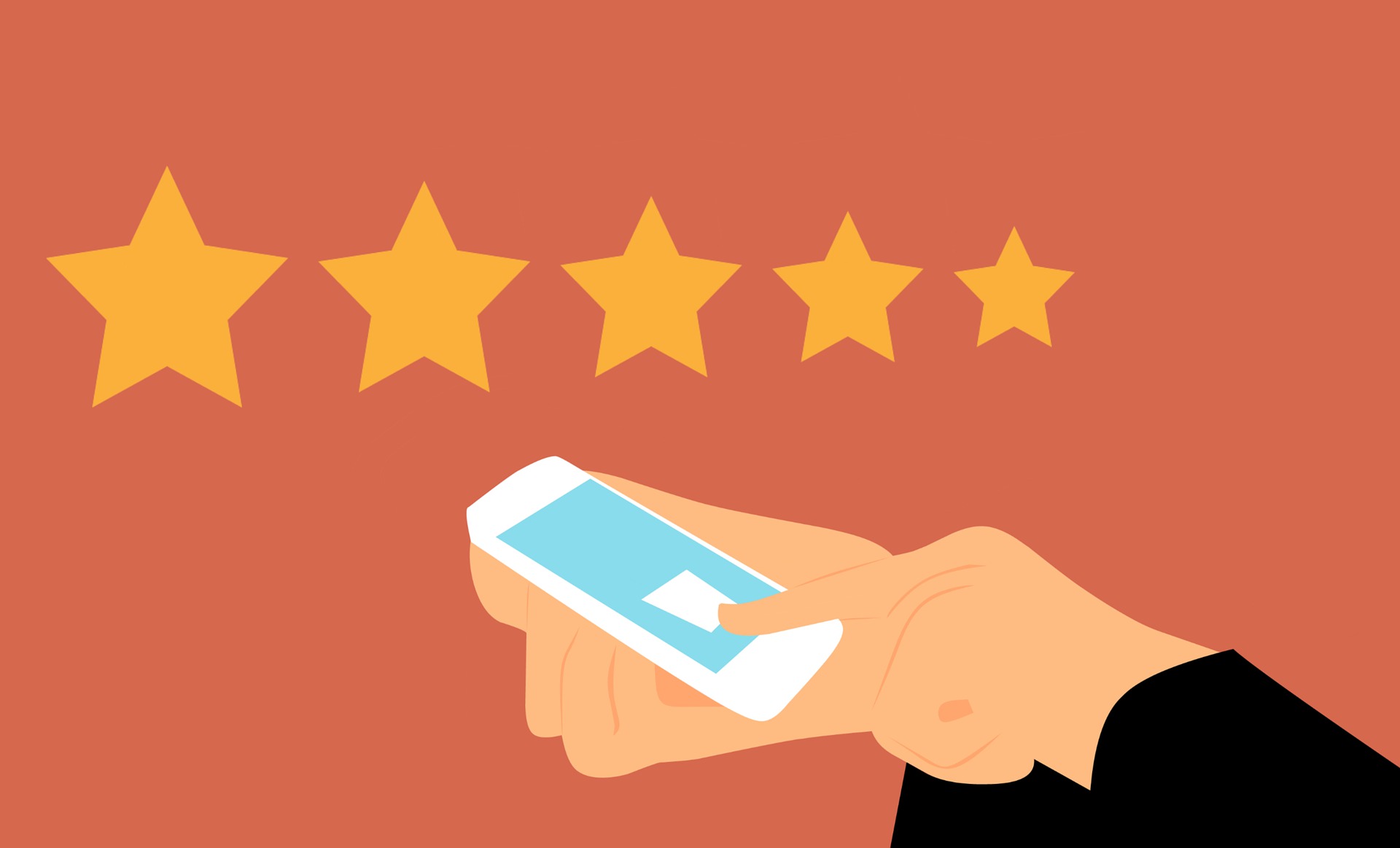
Keeping customers happy is only the starting point in reducing your churn rate.
Customer service can make or break any deal and can have huge benefits when done right.
Exceptional customer service requires a deeper examination of your business model.
Have you ever tried to get hold of a utility company without either being put on hold, passed through to different departments, or being asked for your account number multiple times? Probably not, which is why there are entire industries created around helping consumers 'switch' energy companies.
By enhancing your customer service, you can retain more customers - and even turn them into brand advocates.
Zendesk did a survey that was essentially a blueprint in examining how the customer service industry really works for people at the sharp end of it - your customers.
They found that:
-
- 42% expressed their biggest frustration was having to explain and re-explain their problems to multiple customer service reps
- Bad customer service can mean either a customer stops using them (35%) or that they spread their negative views to others (52%)
- Customer service experience influences product reviews and 60% of consumers will consult them before buying
- People are twice as likely to post negative reviews after a negative experience as they are to post a positive review after a positive experience.
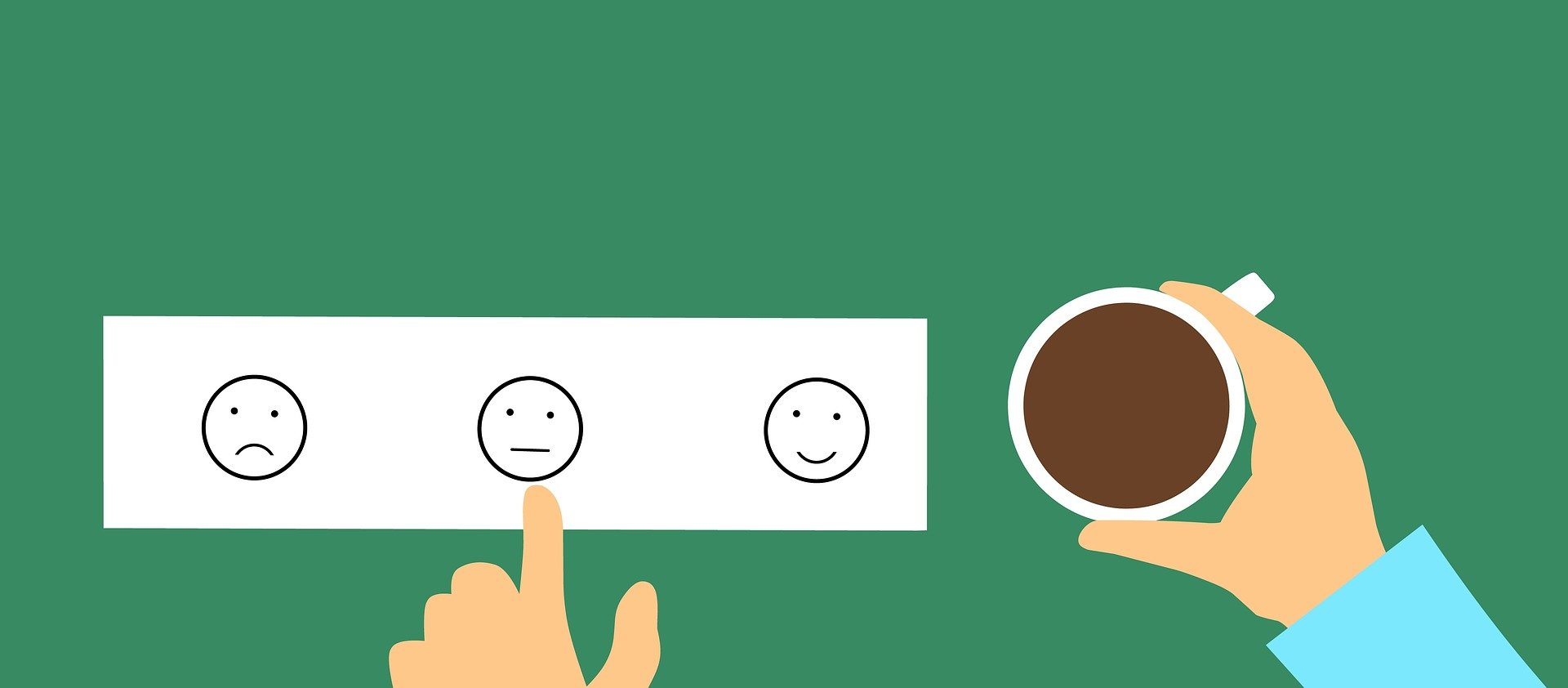
Ensuring that your customer service model is streamlined and efficient can result in three areas of growth:
- Upgrades
- Referrals
Happy customers are referring customers. The most cost-effective type of marketing there is.
- Decision Makers
When people change jobs, they also take with them their preferred business tools. Keeping decision-makers happy can assist in reaching new clients.
Out Of This World Onboarding
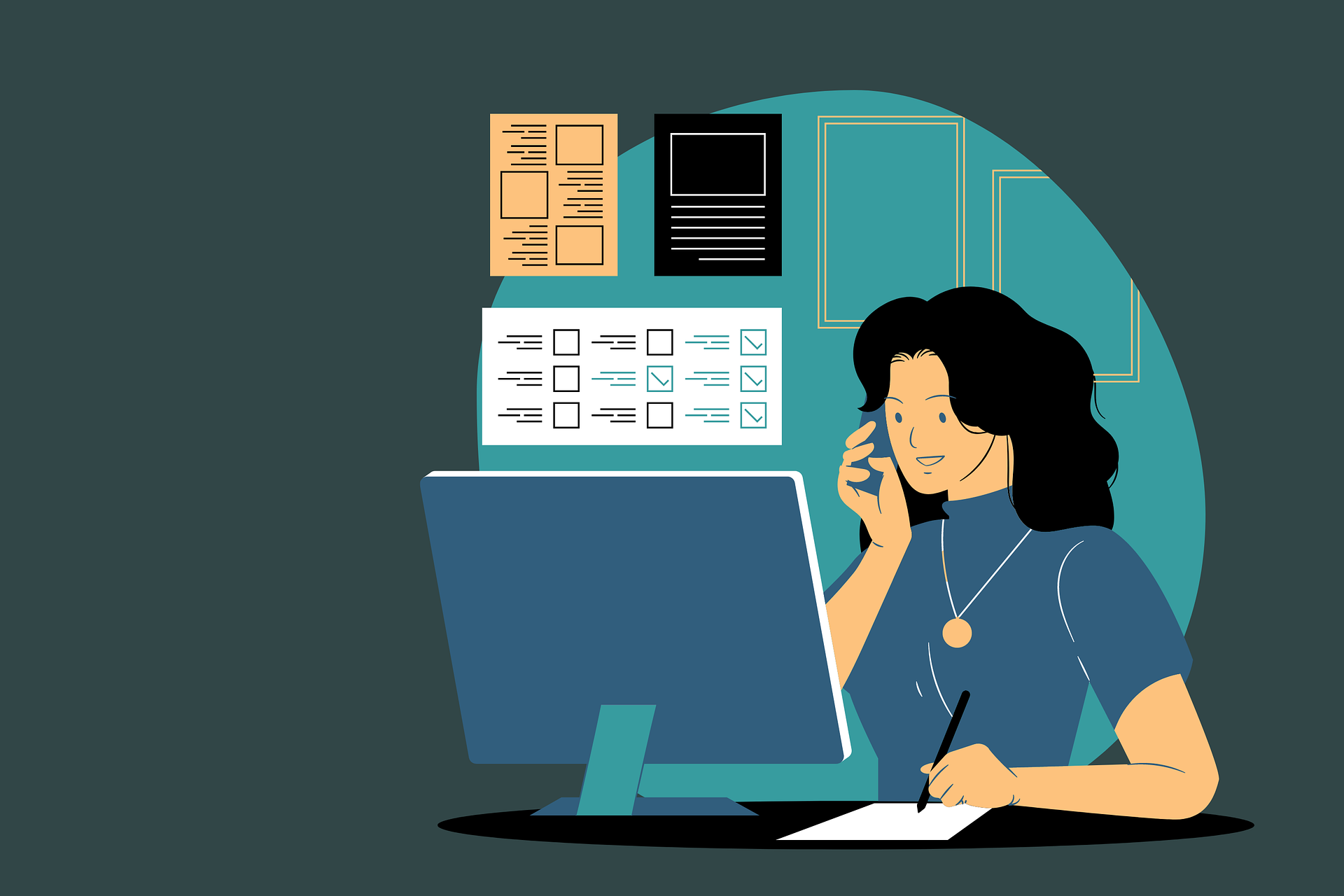
Being proactive with your customer service and support means setting up processes designed to get new customers signed up and converted into full subscribers as seamlessly as possible.
The biggest churn rates are seen in free trial users and new customers. To rectify this, you need to build trust and ensure they are fully immersed in the product and can see the value it offers.
Creating a robust onboarding process is one of the most effective ways to increase engagement, highlight the value of your product, and address any concerns they may have.
Neil Patel explains how onboarding is one of the two most important events for customer satisfaction, alongside the customer achieving their first success using your product. Onboarding plays a huge role in how your customers perceive your brand, whether they'll stay, and how much they'll be happy to spend in the coming months.
The first few weeks of a customers journey with you will set the tone. You should offer support, work with them to identify their goals and illustrate how to use your product to help them achieve it. and assure them that support is on offer at all times.
Make them feel like you value them just as much as you did when they first agreed to buy-in.
Some tips to enhance your onboarding process:
-
- Orient the customer with videos, guides, and automated emails
- Create an onboarding 'map' illustrating a clear process of learning objectives, progress and milestones
- Offer troubleshooting support in various formats: FAQs, guides, video and live chat are fan favourites
- Create personalised success metrics for each customer by asking what a successful outcome will look like and setting goals and processes for getting there.
- Reiterate your support services and provide the customer with all the info they could need
- Get regular feedback in order to prevent fires before they break out
- Make the process of becoming a paid subscriber as seamless as possible by ensuring your pricing model is clear and easy to navigate. It's never good to overcomplicate things at the credit card stage.
Analyse Your Customers
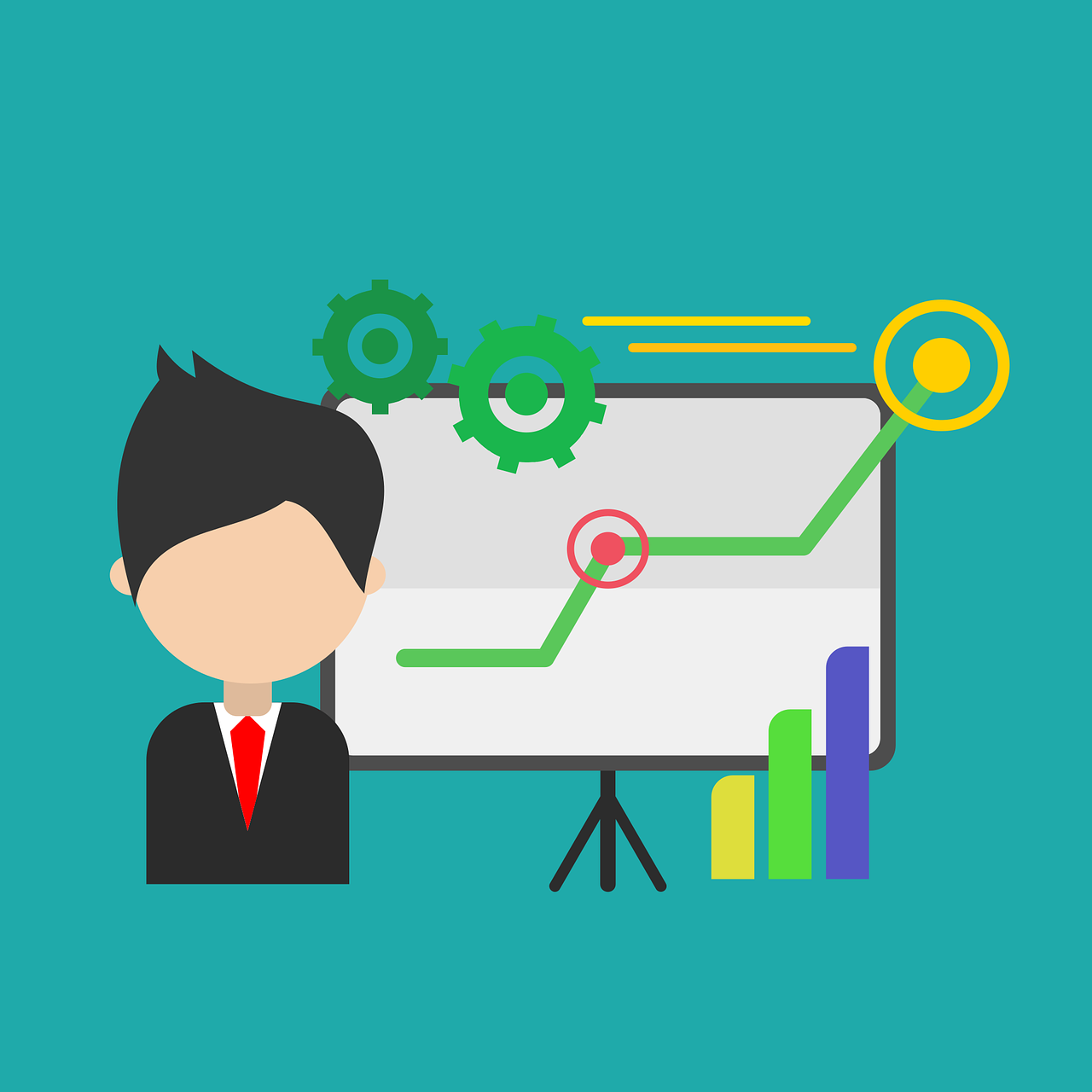
Data, data, data. Analysing your customer's reasons for leaving, finding out what might have persuaded them to stay, and often times finding out where they went after leaving can offer invaluable insights into improving churn rates.
David Skok, in his article 'Unlocking the path to negative churn' highlights the role of analysing the reason for churn of your existing customers and what features make your product worthwhile.
These inter-related aspects of your SaaS pricing model can be an important window into developing methods to reduce churn that might be individual to your company.
-
- Why are your customers churning?
- Is your product solving problems?
- Are they having difficulty in implementing or navigating it?
- What features are key features?
- Who are your best customers?
While it's important to find out quickly why they are churning - it's easier to identify issues before they reach this stage. Make sure you're engaging customer's who choose to leave in a positive and friendly manner. Find out the real reasons behind their decision, and make them aware that you're asking these questions to improve your service offering.
If you are suffering from early churn, you might need to revisit your product to understand which key features customers are either underutilising, struggling to implement, or perhaps not even aware of.
Are they small or large companies, or are they from specific business sectors? Try to find the constant, and then work on a solution to overcome it.
Analysing your customers will help you identify traits and behaviours common to "poor fit" and "ideal" customers, shaping your marketing activities and strategy more effectively
Implement Switching Costs
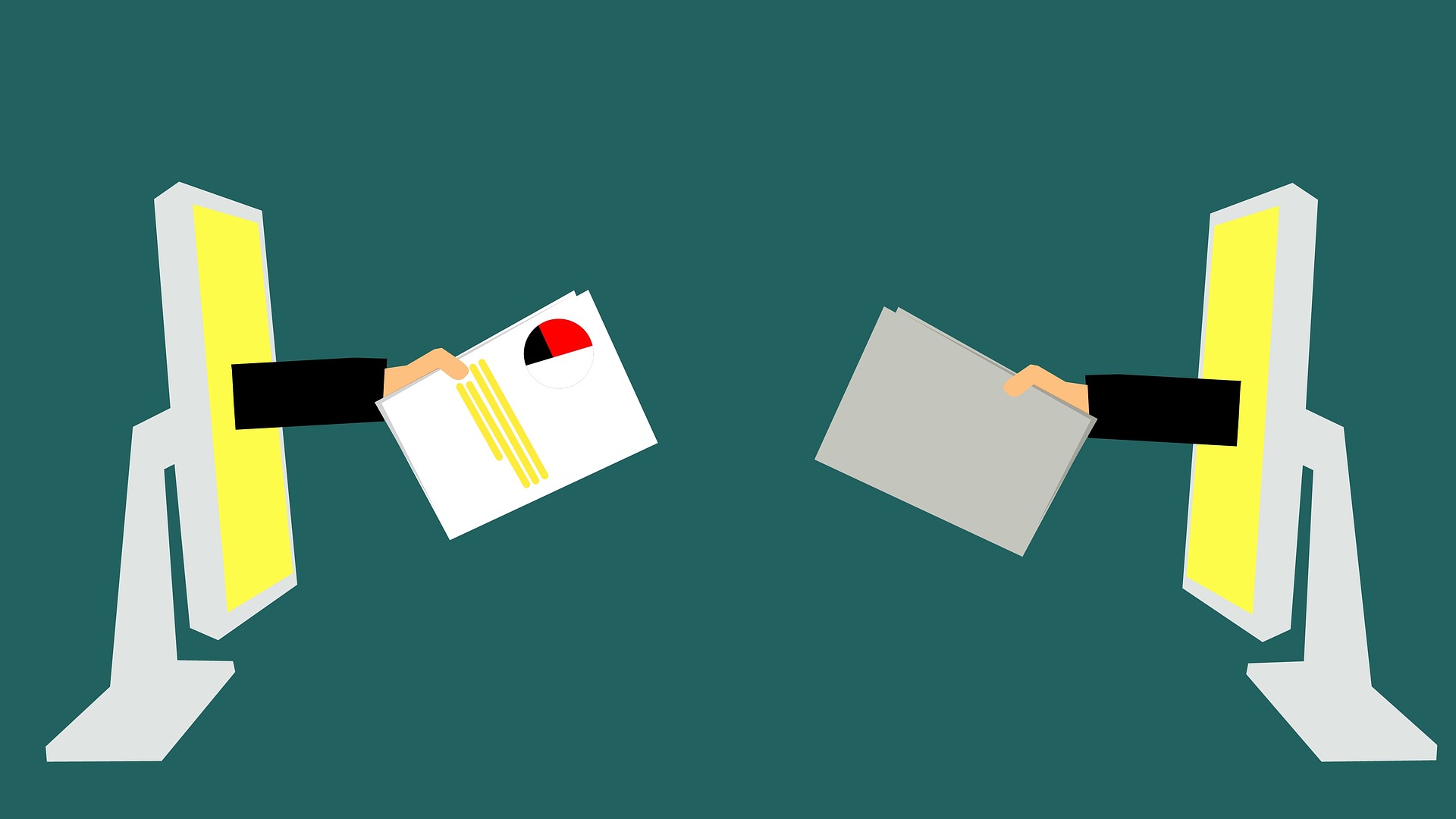
This valuable tool in reducing your churn rate is best described by Strategyzer, who stress that not only should your product be better, but it can only do so by having a better business model supporting it.
They highlight seven business model mechanisms that are at the core of successful SaaS enterprises:
- Switching costs
- Recurring revenues
- Earning vs spending
- Cost structure
- Customer advocacy
- Scalability
- Protection from competitors
Notice 'Switching costs' in pole position?
Ask of your SaaS product 'how difficult or costly is it for our customer to switch to another company's product?'.
If the answer is 'easy', 'manageable' or 'worth the cost', then you probably need to change your SaaS business model or at least refer back to your pricing strategies.
The median point is creating switching costs that aren't based on forced commitment, but based on positive switching costs:
- Loyalty rewards
- Personalised data
- Valued product learning/knowledge.
The key is creating switching costs without annoying your customer. Some of the best in the game have used this concept to lock in customers in a sort of 'data trap'.
For physical products, this is Nespresso (machines and pods), Gillette (razors and blades) and Hewlett Packard (printers and cartridges).
In SaaS - we are looking at products like Apple, Google, and Spotify, where customer content and purchases are hosted (exclusively) on a platform and migrating away from this means losing all of it.
There is also a perceived 'value of learning' where customers learn how to use one product and are discouraged from having to start again from scratch with a new product.
These strategies are only successful to a certain point; if you haven't maintained customer happiness in the first place - you can't expect any amount of strategic planning to keep them on board.
Take this method to its conclusion and we see how companies like Microsoft and Adobe have almost forced an entire product on users through a sort of industry-standard practice. They have become leaders through general public acceptance; we use them because everyone else uses them.
In Summary: How To Reduce Churn SaaS
The answers to reducing your churn rate can be found within these 5 strategies:
-
- Keeping your customers happy
- Getting customer service right
- Onboarding effectively
- Analysing your customers
- Implementing positive switching costs
Even by doing this though, a customer churn rate of 0% isn't going to happen, but that doesn't mean you have to settle for churn rates in excess of 6%, 8% or even 10%!
Once you understand what your churn rate is, the driving factors behind it, and how you can adapt various business elements to reduce it - you'll be closer to reaching your revenue goals than ever before.
Inbound Marketing offers resources and solutions that support each of the aspects we've covered. Why not download your free Inbound Marketing for Tech Companies guide to find out how this marketing methodology can help you attract, engage, convert and delight more customers?
If you'd like to book a free consultation with one of our experts, schedule a time convenient for you in our calendar.
We're ready to help you reduce churn rates, grow your revenue, and elevate your marketing ROI.



